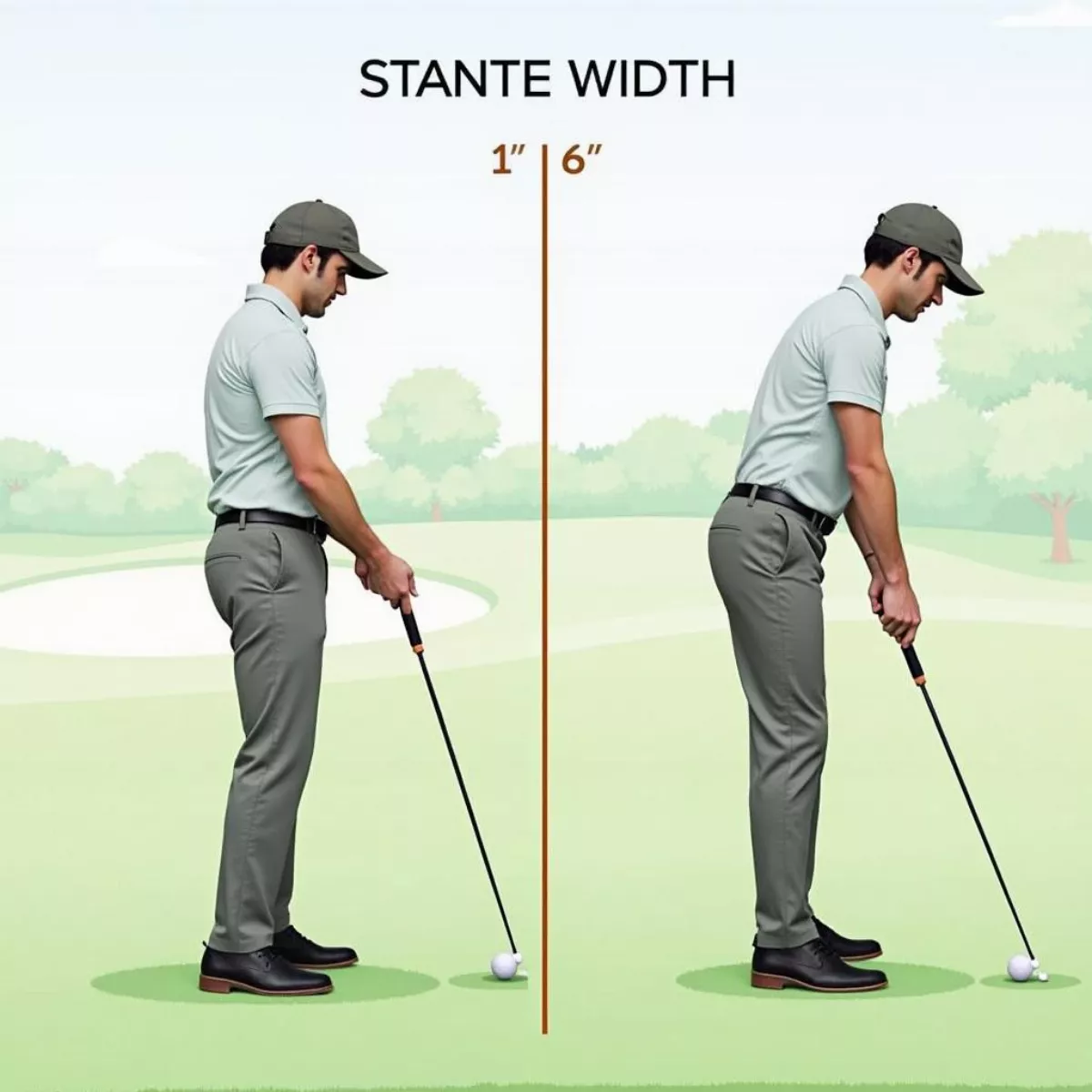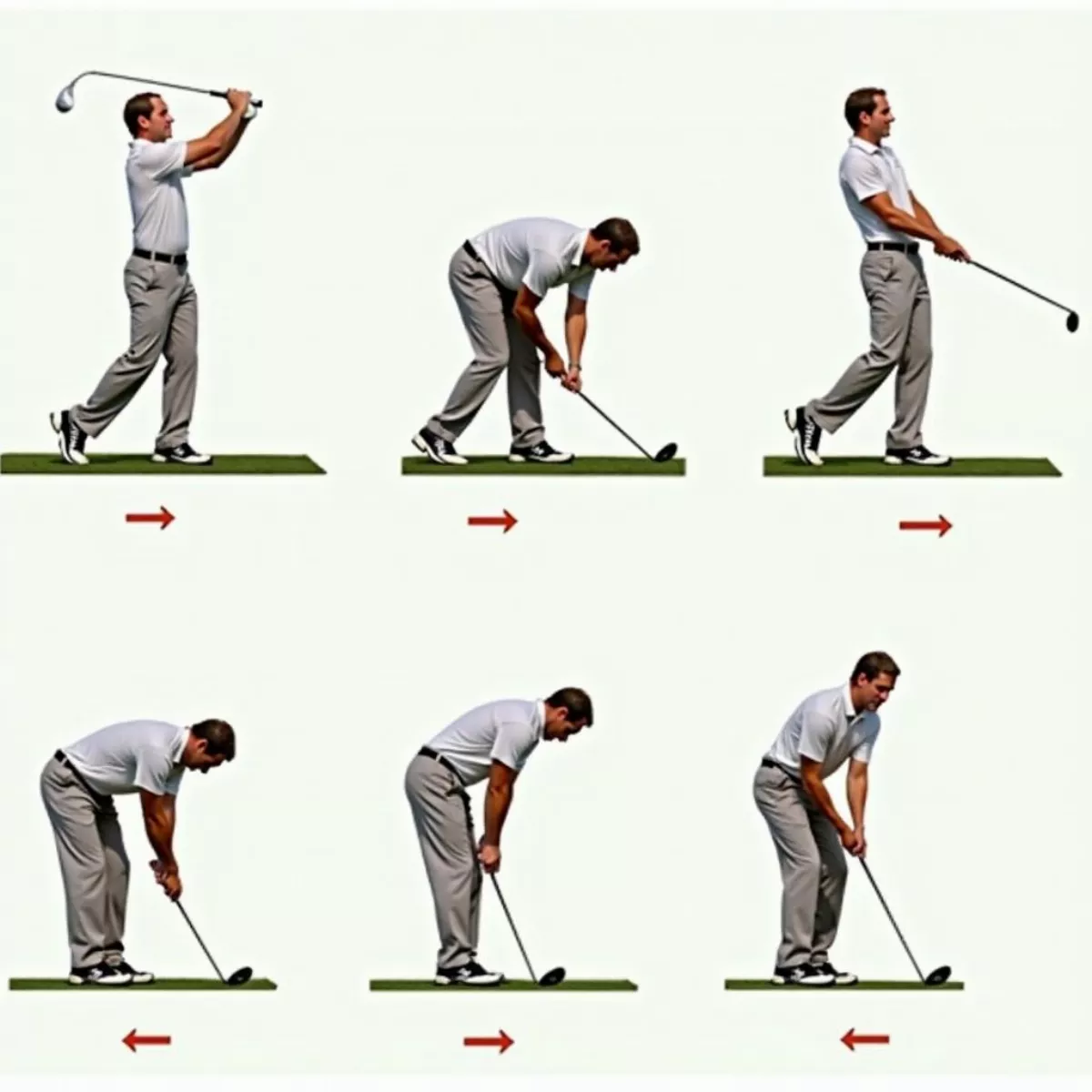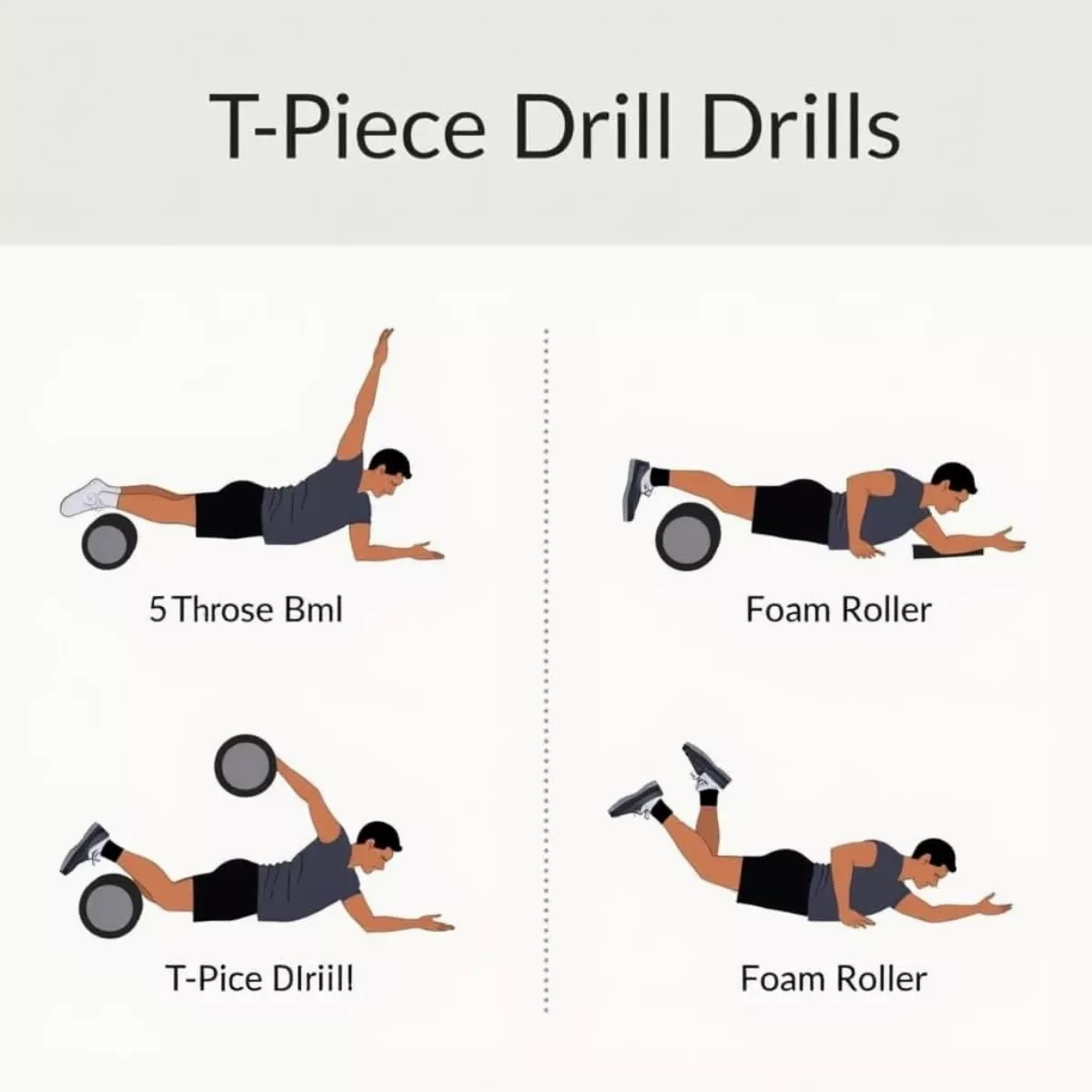Are you struggling with an in to out swing path in your golf game? Many golfers, whether beginners or seasoned players, face this challenge, making it difficult to achieve consistent strikes and accurate shots. In this guide, we’ll break down the mechanics of the in to out swing path, the causes behind it, and most importantly, how to fix it.
What Is an In to Out Swing Path?
An in to out swing path occurs when the golf club moves excessively inside during the backswing and then travels outside during the downswing, resulting in a shot that typically pushes or slices. This swing path is often characterized by a combination of an open clubface at impact and a swing that is not square to the target line.
The Importance of a Neutral Swing Path
Achieving a neutral swing path is crucial for hitting straight shots and maximizing distance. A neutral swing path allows the clubface to make consistent contact with the ball, resulting in solid strikes and improved accuracy. As you work on fixing your in to out swing path, remember that practice and patience are key.
Common Causes of an In to Out Swing Path
Understanding what causes this swing path is the first step toward correcting it. Here are some common factors that contribute to an in to out swing path:
- Improper Grip: A grip that encourages an overly strong or weak position can lead to misalignment and an incorrect swing path.
- Poor Setup: If your stance or alignment is incorrect, it can lead to compensatory movements that affect the swing path.
- Body Movement: Excessive hip or shoulder movement during the swing can alter the swing path.
- Lack of Backswing Rotation: If you don’t complete a full backswing, your downswing may come from a compromised position.
- Overactive Hands and Arms: Relying too much on your hands and arms rather than your body to generate power can lead to an erratic swing plane.
How to Fix an In to Out Swing Path
Now that we understand the causes, let’s explore strategies to fix an in to out swing path in your golf swing. The following steps will help you develop a more consistent and accurate swing.
1. Adjust Your Grip
A proper grip is crucial for promoting a neutral swing path.
- Weak Grip: Rotate your hands slightly to the left (for right-handers) on the grip. This helps keep the clubface square at impact.
- Strong Grip: Rotate your hands slightly to the right. This grip may promote an unwanted closed face, leading to hooks and slices.
2. Set Up Correctly
A strong setup is paramount for a neutral path. Follow these guidelines:
- Stance Width: Your feet should be shoulder-width apart for balance and control.
- Alignment: Ensure your shoulders, hips, and feet are parallel to the target line.
- Ball Position: Position the ball slightly forward in your stance to promote an upward swing trajectory.
 Correct Golf Setup
Correct Golf Setup
3. Focus on the Backswing
Completing a full and controlled backswing is essential. Here are a few drills to help:
- Takeaway Drill: Practice keeping your lead elbow (left for right-handed golfers) tucked close to your body as you initiate your backswing. This helps create a more in-to-out path.
- Pause at the Top: At the top of your backswing, pause for a moment. This allows you to feel the position and adjust accordingly before starting your downswing.
4. Engage Your Body
Focus on using your body instead of relying solely on your arms:
- Hip Rotation: Initiate your downswing by shifting your weight to your lead foot and rotating your hips. This natural motion helps create a proper path.
- Keep Your Head Still: Maintain your head position to prevent excessive lateral movement during the swing.
 Golf Downswing Sequence
Golf Downswing Sequence
5. Use Alignment Aids
Visual aids can be incredibly useful for training a new swing path. Here’s what you can do:
- Alignment Stick Drill: Place an alignment stick on the ground parallel to your target line. Practice swinging the club along this line to promote a neutral path.
- Foot Spray or Chalk: Mark a line or spray on the ground where you want the ball to travel. Use this line to guide your swing visually.
6. Practice Drills
Incorporate the following drills into your practice routine to reinforce a better swing path:
- T-Piece Drill: Place a T-piece on the ground in line with your target. Practice swinging over the T-piece to ensure that your swing stays on the correct path.
- Foam Roller Drill: Stand a few feet from a foam roller placed behind you. As you swing back, ensure your arms and club are above the roller, which will encourage the correct path.
 Golf Drills for Swing Path
Golf Drills for Swing Path
7. Record Your Swings
Using video can be a game changer:
- Self-Analysis: Record your swings and analyze the path. Pay attention to any changes in your setup, address, and follow-through.
- Professional Help: Consider seeking help from a certified instructor who can provide immediate feedback.
8. Stay Patient and Persistent
Fixing your in to out swing path will take time and consistent practice. Be patient with yourself and allow time for adjustments to take effect.
Key Takeaways
- Understand your swing path: An in to out path can lead to inconsistent strikes and loss of distance.
- Adjust your grip and setup: Ensure you have the right grip and stance for a neutral swing.
- Focus on rotations: Use your body rather than just your arms to generate power.
- Incorporate practice drills: Utilize drills to reinforce the correct swing path.
- Be patient: Improvement requires time and consistent practice.
FAQ
1. What does an in to out swing path mean?
An in to out swing path occurs when the golf club travels inside the target line during the backswing and outside during the downswing, often leading to pushes or slices.
2. How can I tell if I have an in to out swing path?
You might notice your shots often go to the right of the target (for right-handed golfers) or feel like you’re swinging away from the target.
3. Can my grip affect my swing path?
Yes! An incorrect grip can lead to misalignment and contribute to an in to out swing path.
4. What drills can help correct my swing path?
Drills like the T-Piece drill, foam roller drill, and using alignment sticks can help reinforce a correct swing path.
5. Is it common for beginner golfers to have an in to out swing path?
Yes, many beginners struggle with this swing path due to improper setup, grip, and body movement. With practice, they can improve.
6. How long will it take to fix my swing path?
The length of time varies by individual. Consistent practice and patience can significantly speed up improvement.
7. Do I need a coach to fix my swing path?
While a coach can provide valuable feedback and tailored guidance, many golfers can make significant improvements by practicing independently and using video analysis.
8. Can my body type influence my swing path?
Yes, body mechanics play a role in your swing. Taller golfers may have different challenges compared to shorter golfers, affecting their swing path.
9. What can I do if I still struggle with an in to out path?
Consider getting a professional lesson for personalized feedback and drills tailored to your specific swing issues.
10. Should I practice indoors or outdoors to fix my swing path?
Both environments have their benefits. Practicing outdoors helps with real feel and conditions, while indoor practices focus on form and technique without distractions.
By understanding the mechanics and influences of an in to out swing path and following these strategies, you can begin to make significant improvements in your golf game. Stay committed to your practice, and soon enough, you’ll see results on the course. Happy swinging!